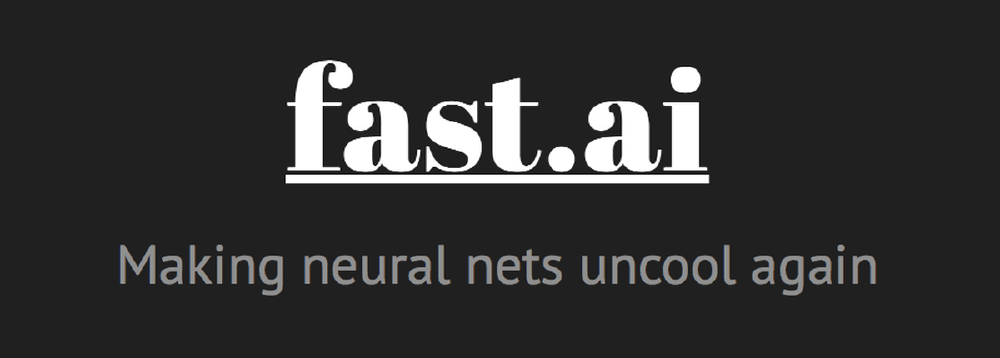Fastai

fastai is a deep learning library which provides users with high-level components that can quickly and easily provide state-of-the-art results in standard deep learning domains, and provides researchers with low-level components that can be mixed and matched to build new approaches.
It aims to provide both functionality without compromising ease of use, flexibility or performance. This is achieved through a carefully planned architecture, which expresses common patterns of many deep learning and data processing techniques. This allows users to leverage the flexibility of the PyTorch library, on which fastai has been build.
Authors

Artificial Intelligence engineer and Data Scientist who is passionate about science.
fastai - Quality and Evolution
Fastai is a Deep learning library with Jupyter notebooks to allow for expository programming1. The documentation and the Python source code of the library are automatically generated from these notebooks. The combination of these characteristics makes this library unique with regards to what it offers, but also how it (might not) safeguard(s) the quality and architectural integrity of the library.
This post evaluates the quality and evolution of fastai, with special attention to the rate of change.
Fastai
March 17, 2021
fastai - Education
Fast.ai offers in-depth applied deep learning courses, ranging from utilizing vision models to recommender systems and NLP to simple regression problems. After analyzing the fastai repository, we will now look into the core mission of fast.ai, learning. The central question we want to answer in this essay is: What is new in the digital learning experience of fast.ai?
To answer this question, we will first give an introduction to the different learning resources of fastai.
Fastai
March 24, 2021
fastai - Architecture
Deep Learning libraries like PyTorch, Keras, and Tensorflow help us in creating Deep Learning solutions. However, none of them cater to its users as fastai. fastai is made with ease of use in mind. This is achieved by incorporating parts of other libraries and then adding (abstraction) layers on top of that, such that the user can start quickly, without having to write elaborate code and familiarize itself with too many deep learning details.
Fastai
March 10, 2021
fastai - Product Vision
We present the vision and architectural analysis of the second version of the fastai library1. They make extensive use of Jupyter notebooks, which in their case are a combination of Markdown documentation files, the programming language Python, and command-line operations. It is being developed by a non-profit research group called fast.ai2. Throughout this post, we will refer to the research group as fast.ai and the library as fastai.
Fastai
March 3, 2021


